
Ingredient
Japanese plums
The Delicate Delights of Ume: Unveiling the World of Japanese Plums
Japanese plums are small, round fruits with a vibrant yellow or green skin. They have a firm yet juicy flesh, and their taste is a delightful balance of sweet and tart, with subtle floral undertones. The texture of Japanese plums is slightly grainy, similar to a ripe pear. These plums are often enjoyed both fresh and preserved, offering a versatile culinary experience.
Origins and history
Japanese plums have a rich history dating back over a thousand years in Japan. They are believed to have originated in China and were introduced to Japan during the Nara period. Ume holds great cultural significance in Japan and is associated with various traditions and festivals. It is also a key ingredient in traditional Japanese medicine and is used to make umeboshi (pickled plums), umeshu (plum wine), and other preserved products.
Nutritional information
Japanese plums are a good source of vitamin C, antioxidants, and dietary fiber. They are low in calories, with approximately 30 calories per plum.
Allergens
Japanese plums are generally not associated with common allergens, making them suitable for most individuals.
How to select
When selecting Japanese plums, look for fruits that are plump, firm, and free from blemishes or bruises. The skin should have a vibrant color and a slight give when gently pressed. Avoid plums that are overly soft or have wrinkled skin, as they may be overripe.
Storage recommendations
To maintain the freshness of Japanese plums, store them in the refrigerator in a perforated plastic bag or a container with ventilation. They can be kept for up to a week. For longer-term storage, consider preserving them as umeboshi or making plum-based products like umeshu.
How to produce
Japanese plums can be grown by planting plum tree saplings in well-drained soil and providing them with adequate sunlight and water. They thrive in temperate climates and require proper pruning and care to ensure healthy growth and fruit production.
Preparation tips
Japanese plums can be enjoyed fresh as a snack or incorporated into various dishes. They can be sliced and added to salads, used as a topping for desserts, or made into sauces and jams. When using umeboshi, remove the pit and finely chop or mash the plum before adding it to recipes. To balance the tartness, soak umeboshi in water for a few minutes before use.
Culinary uses
Japanese plums are commonly used in Japanese cuisine to make umeboshi, a pickled plum condiment that adds a tangy and salty flavor to rice dishes. They are also used to make umeshu, a sweet and aromatic plum wine. Additionally, Japanese plums can be used in desserts, sauces, and marinades to add a unique twist to various recipes.
Availability
Japanese plums are primarily cultivated and consumed in Japan. However, they can also be found in select Asian markets and specialty stores worldwide.
More ingredients from this category » Browse all

Plumcots
The Perfect Blend: Exploring the Unique Delights of Plumcots
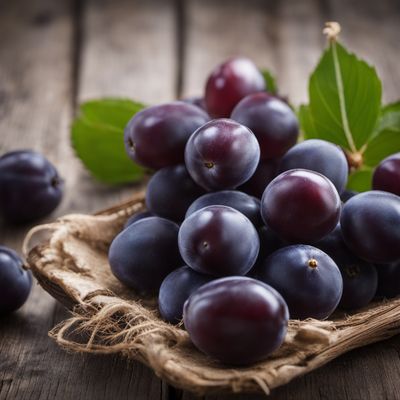
Damsons
The Prized Gems of the Plum Family

Prunus Nadia®
The Exquisite Fusion of Sweetness and Tartness: Prunus Nadia®

Sloes
The Bitter-Sweet Berry

Klamath plums
The Jewel of Klamath
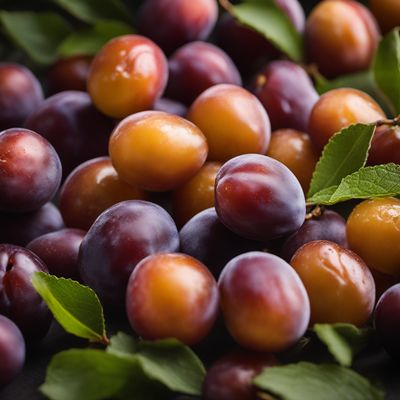
Mirabelles
The Golden Gems of Summer
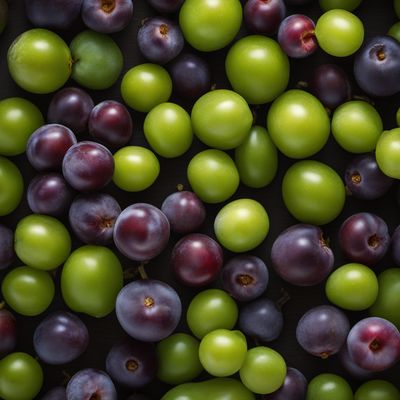
Gages
The Sweet and Succulent Delight: Exploring the World of Gages

American plums
The Sweet and Tart Delight: Exploring the World of American Plums
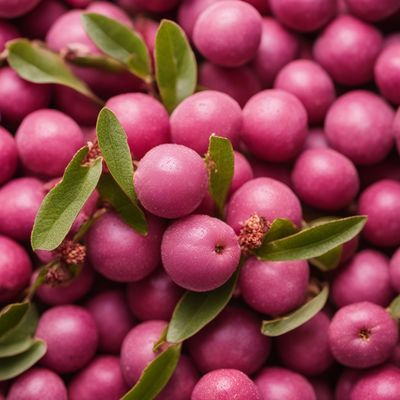
Chickasaw plums
The Sweet Gems of the South

Cherry plums
The Sweet and Tangy Delight: Exploring the World of Cherry Plums

Chinese jujubes
The Ancient Fruit: Chinese Jujubes
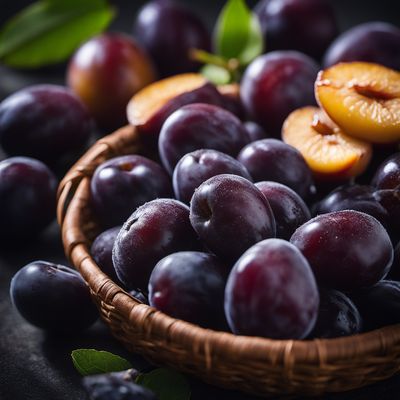
Plums
The Juicy Gems